Customize 3 year Balance Sheet Templates online with DocHub flexible editing tools. Create and manage your financial records all in one location without jeopardizing your information and safety.

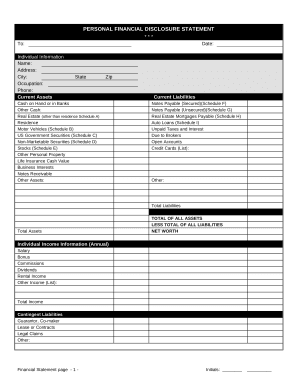
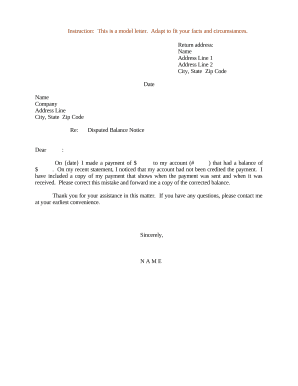
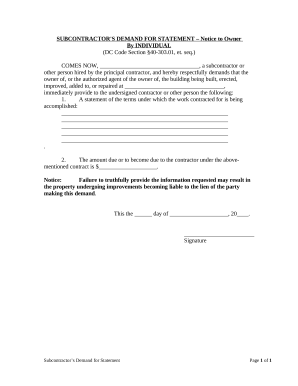


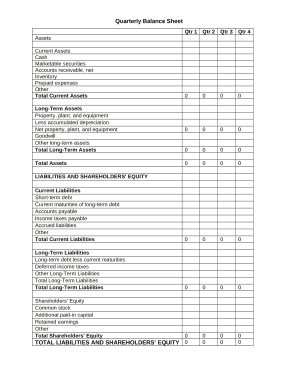
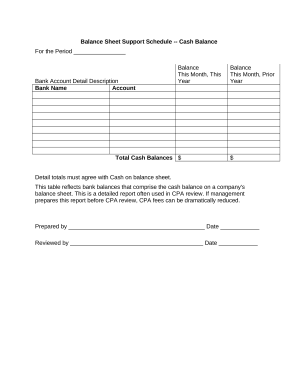



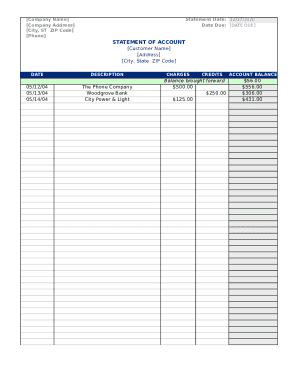
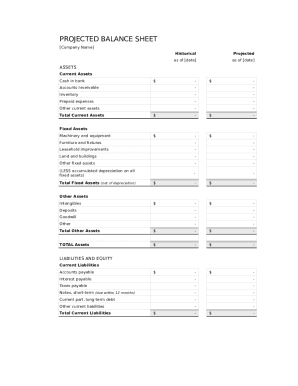


Document management can stress you when you can’t find all of the documents you need. Fortunately, with DocHub's vast form categories, you can discover all you need and easily take care of it without the need of changing between apps. Get our 3 year Balance Sheet Templates and start utilizing them.
The best way to manage our 3 year Balance Sheet Templates using these basic steps:
Try out DocHub and browse our 3 year Balance Sheet Templates category without trouble. Get your free account today!